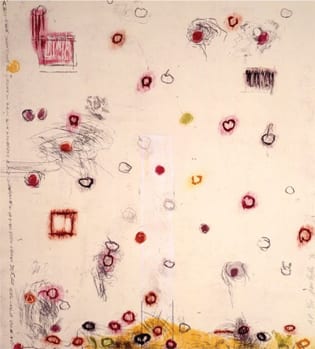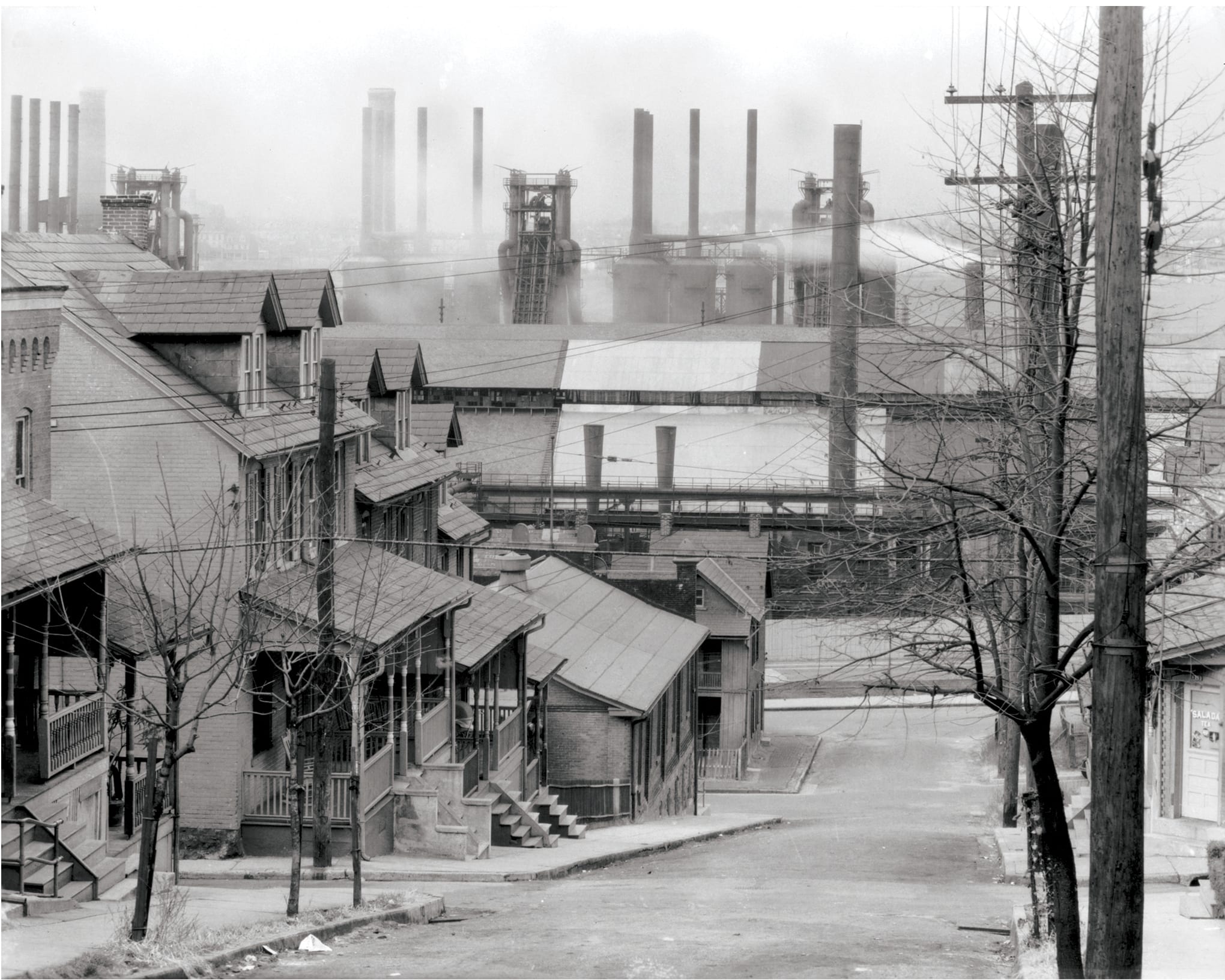Next year is a very special time for Lehigh University. Lehigh will be celebrating its Sesquicentennial and LUAG will be honoring Lehigh’s past 150 years with two much anticipated exhibitions. We are very excited to be part of such an important time in the university’s history. These two exhibitions bring to light the history of many aspects of the university – the university itself, the collection and the surrounding city which has influenced much of Lehigh’s last 150 years. Unlike most of our exhibitions that last only a semester, both of these exhibitions will be a year long in order to coincide with the year long celebration.

OBJECT AS SUBJECT: The Lehigh University Art Galleries Teaching Collection
Celebrating 150 Years of Lehigh University
August 26-May 27, 2015, LUAG Main Gallery, Zoellner Arts Center and the Gallery at Rauch Business Center
From the very beginning, Lehigh University has regarded the arts as a fundamental part of its educational vision. Lehigh’s first president Henry Coppée included drawing and painting among the core subjects that every well-rounded student should study, regardless of major. In the 150 years that followed, the University has amassed a world-class collection of over 12,000 art objects, representing a broad range of cultures and materials. Relying on the generosity of alumni and friends, the LUAG Teaching Collection has become a laboratory for visual literacy used by students, faculty, and the community at-large.

REVISITING SOUTH BETHLEHEM: 150 Years of Photography from the LUAG Teaching Collection
Celebrating the Sesquicentennial of Lehigh University and South Bethlehem
August 24-May 27, 2015, Dubois Gallery, Maginnes Hall
From the Civil War to SteelStacks, South Bethlehem has been the cradle of Lehigh University for 150 years. Always historical, sometimes hysterical, these neighborhoods have housed ever-changing multi-ethnic communities, and a constant influx of Lehigh students. Sights like St. Michael’s Cemetery, the Lehigh River, the architecture of A.W. Leh, and the ubiquitous blast furnaces have been a magnet for photographers. Beginning with William Rau’s Lehigh Valley Rail Road photographs, through Walker Evans’ iconic Depression Era images, generations of photographers have made the pilgrimage to South Bethlehem in search of America’s industrial and post-industrial identity. Works by contemporary and historical photographers—some famous, some anonymous—contribute to the visual history of the borough.
